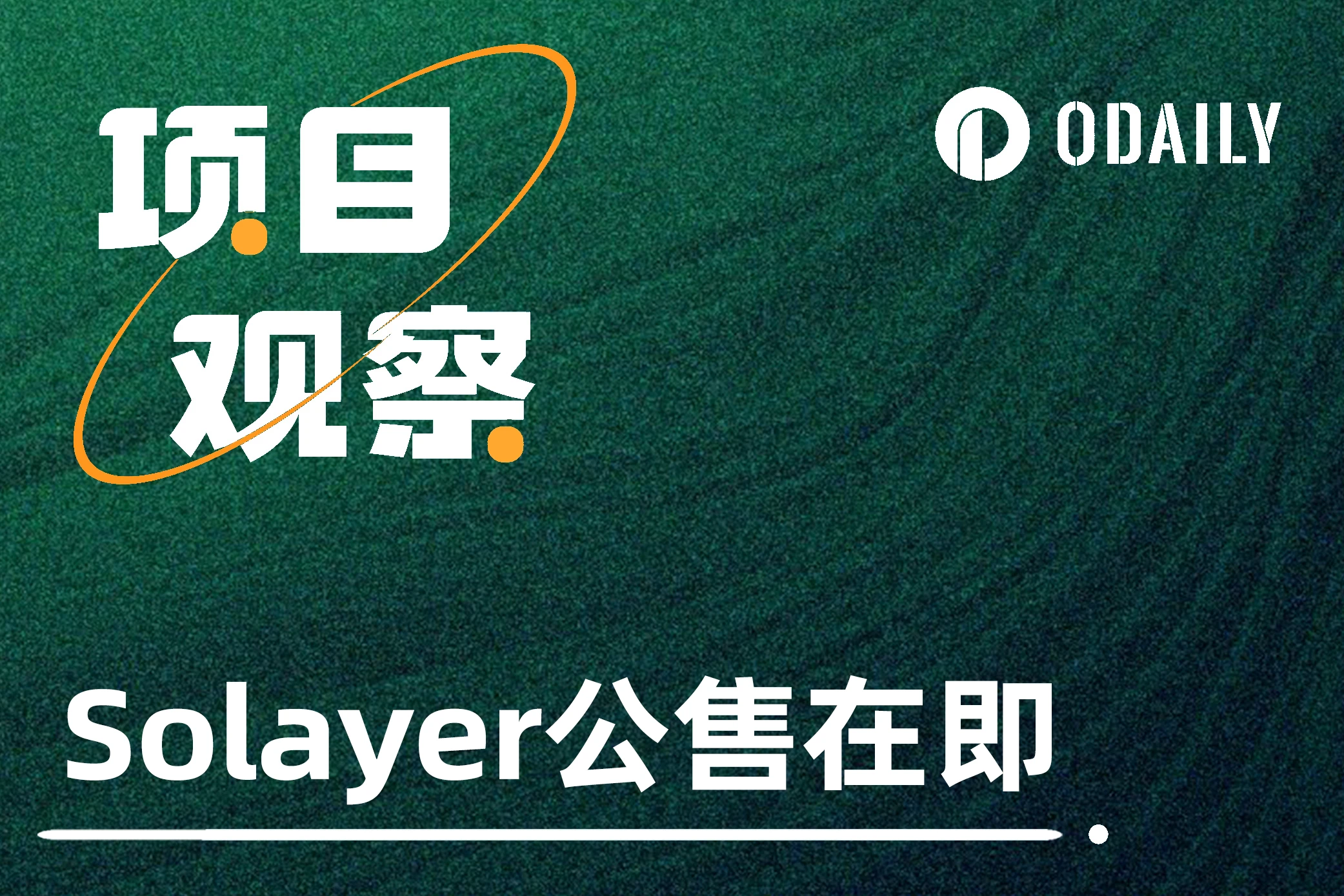Original | Odaily Planet Daily ( @OdailyChina )
Author|Nan Zhi ( @Assassin_Malvo )

Public Sale Rules
Public sale platform: Buidlpad
Public sale time: adjusted to 1/16 18: 00 (UTC+ 8) , originally scheduled to start at 1/13 18: 00 (UTC+ 8), lasting 38 hours, the duration is not yet determined whether it will be adjusted.
Fundraising amount: Total amount is 10.5 million USD. If the amount is over-raised, it will be distributed proportionally . The upper limit of over-raised amount is 21 million USD. The estimated FDV is 350 million USD. The lower limit of the order number is 100 USDC and the upper limit is 2000 USDC.
Fundraising tokens: support USDC, USDT, SOL, WIF, BONK. The above tokens are limited to the Solana chain.
Other key points: 100% of the public sale tokens will be unlocked on the day of TGE and can be claimed through the public sale platform Buidlpad.
KYC restrictions: Asian regions including mainland China, Japan, South Korea, etc. cannot participate.
It is unclear whether sSOL is a snapshot
There are a total of 156,000 addresses staking 869,000 sSOL in Solayer. Although there were rumors in the community before the public sale time was changed that a snapshot would be taken on the 13th, this statement was not supported by an official announcement.
Protocol Introduction
The concept of Restaking was first proposed by EigenLayer. EigenLayer hopes to use Restaking to implement Active Verification Service (AVS) to provide security for other protocols and networks while enabling stakers to earn additional income.
However, as of now, we have not seen mature use cases for AVS on the demand side. For users, the main income is only the tokens and points of the Restaking protocol, and there are no token rewards from the demand side.
Therefore, Solayer wrote in the First Principle of its official document:
“We don’t fully agree with the technical architecture of EigenLayer. Therefore, we have redesigned and redefined the Restaking mechanism in the Solana ecosystem in a sense as a way to protect application network bandwidth. Our goal is to become the de facto standard infrastructure for SwQoS (Stake-weighted Quality of Service) and eventually become one of the core primitives of the Solana blockchain/consensus.”
We did not fundamentally agree with EigenLayers technical architecture. So we re-architected, in a sense, restandardized restaking in the Solana ecosystem. Reusing stake as a way of securing network bandwidth for apps. We aim to become the de facto infrastructure for stake-weighted quality of service, and eventually, a core primitive of the Solana blockchain/consensus.
Simply put, Solayer has developed a new service and consumption model based on Solanas SwQoS mechanism in addition to security. The demand side can pay for a better trading experience. This demand is more real than security, especially in the scenario of Solanas high-frequency trading, and there is more room for imagination.
In the latest released roadmap, Solayer has upgraded its narrative and will launch the infinitely scalable multi-execution cluster architecture Solayer InfiniSVM, which will not be elaborated here.
Horizontal comparison
A simple comparison with the Restaking protocol on Ethereum is as follows:

It can be seen that Solayer is relatively close to Renzo and Puffer Finance in terms of TVL, FDV and financing amount, and 350 million FDV is a reasonable valuation.
However, considering that Solayer is the only leading Restaking platform on Solana, and that regional restrictions are strong, it is difficult for scientists to compete for market share in large quantities, so it is expected that there will be some room for price appreciation. In addition, TGE will unlock 100% of the tokens, and the conditions in the pre-sale are relatively favorable.










